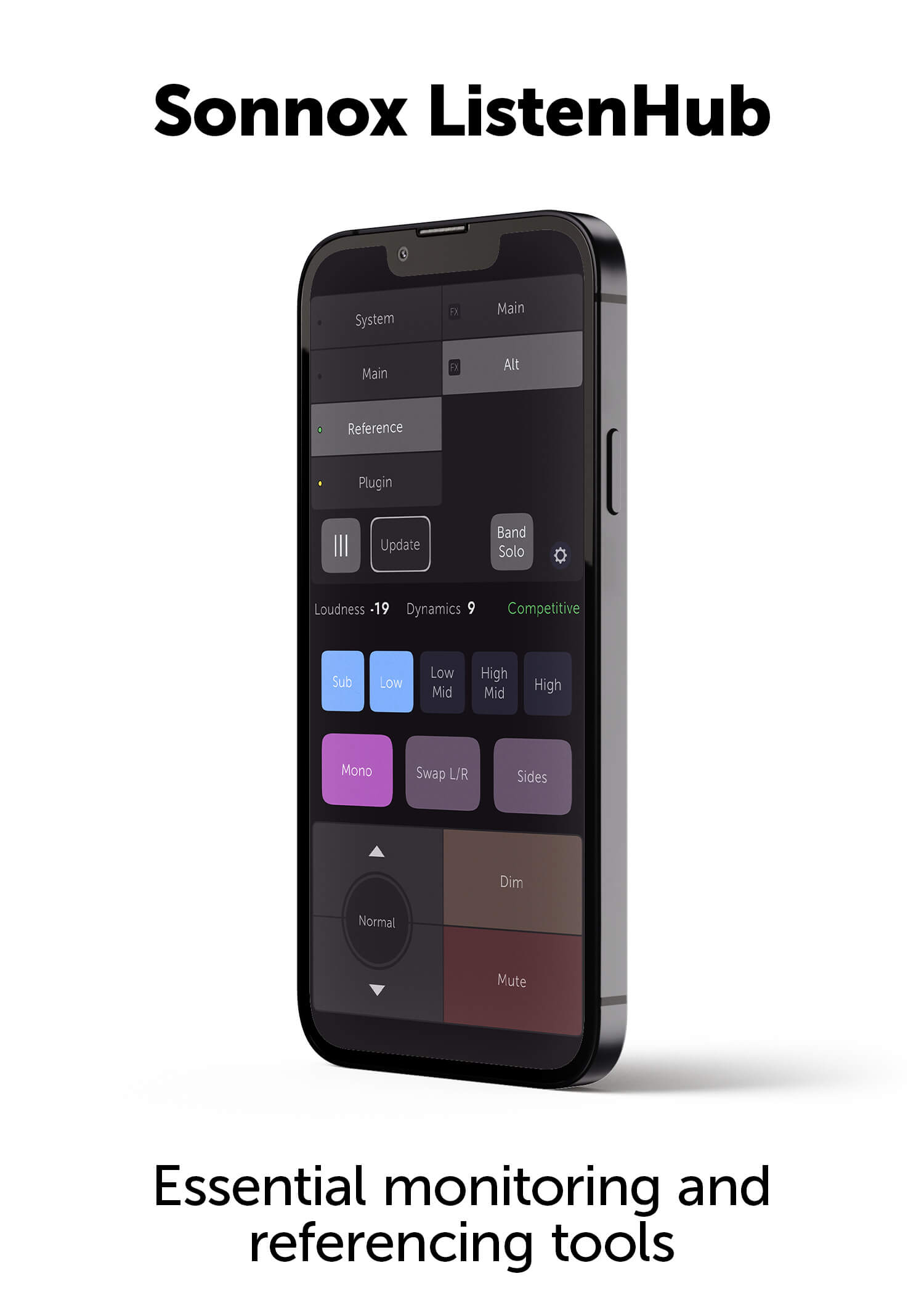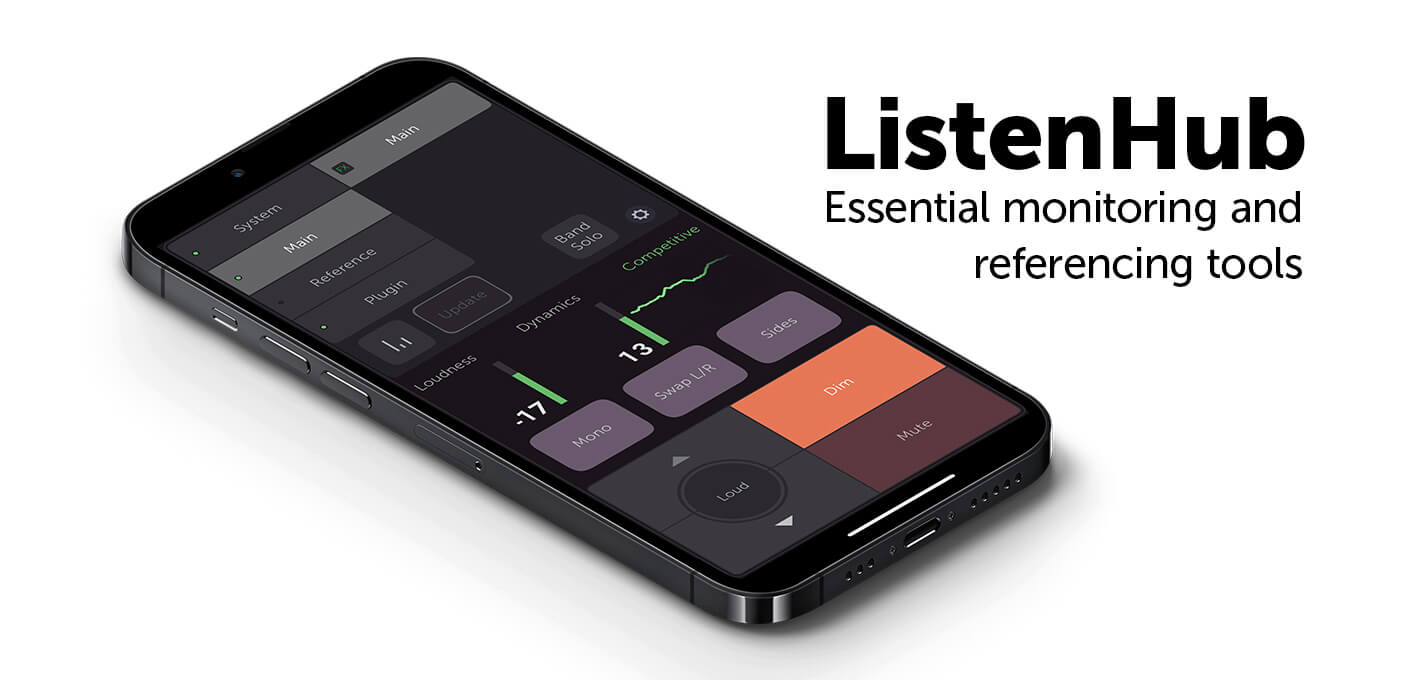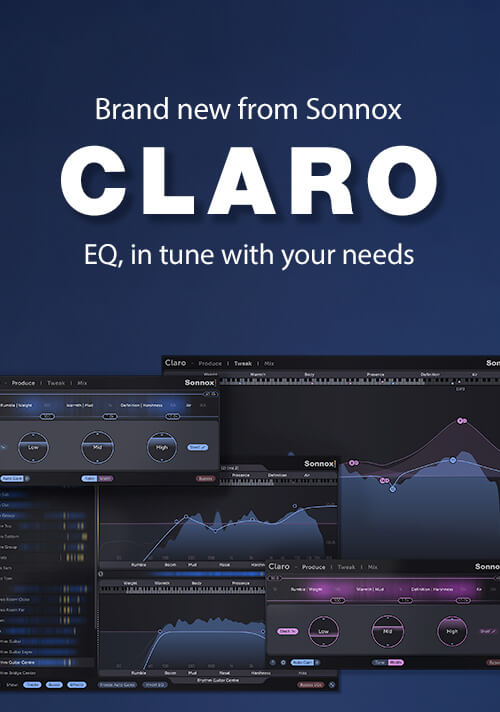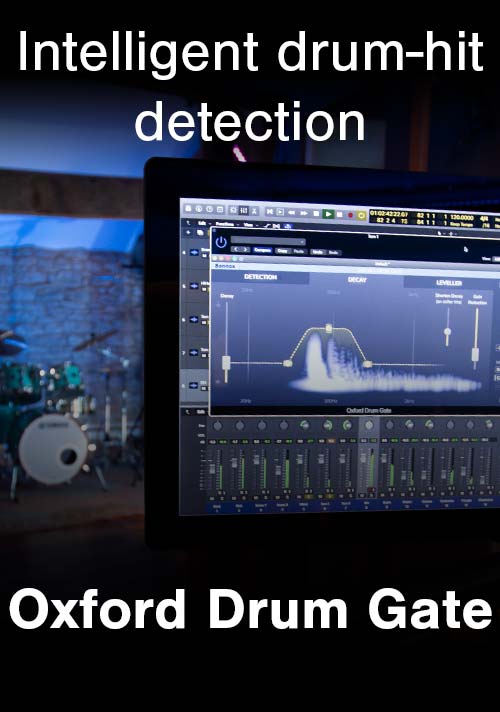Bob Power on finessing and feathering drum sounds
For this tip, we talked with multiple Grammy-Award winning engineer/producer/mixer Bob Power. With credits like Erykah Badu, D’Angelo, India Arie and Macy Gray, he’s certainly spent his share of time behind the console. Below, he helps shine some light on how approaches drum production.
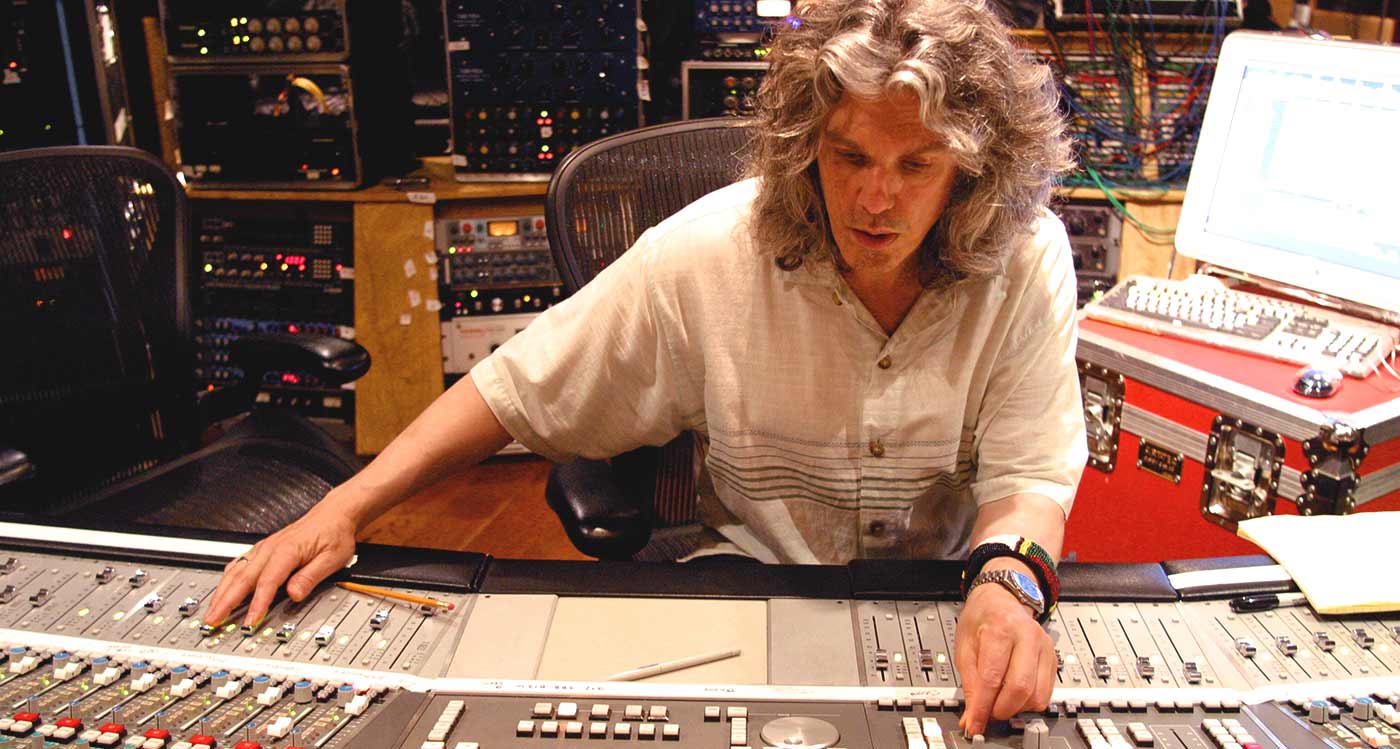
How do you first get started with drums?
Mixing drums is arguably the center (well, ok… after the vocal) of any pop record. Although I’d like to think that I approach every mix as a clean slate, after this many years, I find myself gravitating toward certain methods and tools.
Like most old school guys, I work from the bottom up – kick, snare, hat, overheads, and toms. There are many in the studio world who feel that if the kick and snare sound right, the rest of the record will be fine. And they’re not totally wrong – how the kick is placed (volume, timbre) and the sound of the snare really define the sound of the track, and to a great degree determine how the other mix elements will be handled.
Which Oxford plugins help you achieve some of that sound?
There are currently a number of tape/analog simulators in the marketplace, but for drums, I regularly rely on the Oxford Inflator. While I’ll always try a few different plug-ins for this, I find that the Inflator keeps or accentuates the punch of the drums, particularly kick and snare. Then, working the effect percentage against the curve control lets me really zero in on the intensity of the effect, from subtle warmth to a muscular saturation. With many tape simulators, while the warmth comes up in the low mids, they just don’t quite have the same pop and snap as the Inflator – perfect for drums.
Speaking of go-to items; for some time, I’ve been completely stuck on the Oxford Reverb’s EMT 140 emulation. Anyone who has used a real EMT plate knows that the spaciousness and width – especially the way it seems to spread back into the far corners of the stereo field – are difficult to fake. But I have to say, The Oxford Reverb comes closer than anything I know.
How do you go about applying that?
I find that even if I don’t want the drums (or any element, for that matter) to sound “wet”, it’s a matter of two things: First, the reverb -and our perception of its presence on the tracks- gets eaten up as we add additional elements to the mix. Second, just a hint of the Oxford plate takes elements off of the front-edge plane of the speakers and sets it back – just a touch – into the deeper soundfield of the mix. I can’t emphasize this concept enough – working in this fashion (placing things further back in the mix by different levels of ambience) helps get layers going back into the rear of the stereo field, moving toward what I call the world between the speakers. And although I’m speaking of drums, it completely rocks on vocals and keys, as well.
And don’t forget about the EQ section on the Oxford Reverb. Many times, a lot of information in the ‘verb below 400Hz (+/-) does nothing except clutter up the low mids, masking the clarity of the elements you do want down there. Likewise, cutting some high end on a vocal reverb can take it out of the “oh, there’s reverb” to simply creating a deep, spacious, and enveloping soundfield.
Interview and editorial provided by Rich Tozzoli
